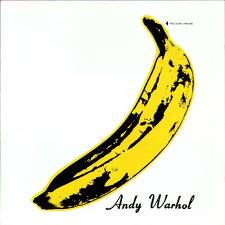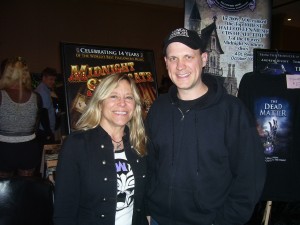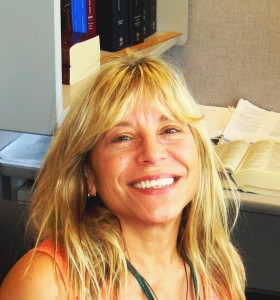Every commercial advertiser and broadcaster, as well as members of the public, are aware by now that the term “Super Bowl” is a trademark owned by the National Football League, and can only be used by those who pay for the privilege. “Super Sunday” is also part of the NFL’s intellectual property, and both are registered in the Patent and Trademark Office – “Super Bowl” in December 1967, and “Super Sunday” in August 1986. Even though both phrases are made up of merely descriptive or “generic” words, they now are “famous marks” possessing “secondary meaning”, making them incontestable under the Trademark laws.
The Trademark laws are codified as part of the federal Lanham Act, 15 U.S.C. Chapter 22. The system is based on use of words, phrases and images in commerce to identify the source of goods or services. Since trademarks are perpetual as long as they are used in this way, the laws have strict requirements to be able to be used exclusively by an owner to distinguish their goods from those of others. Trademarks, to be registered and protected on the Principal Register (15 U.S.C. § 1051) must be distinctive, and have a strong identification with the goods or services they represent. Protection can be given to trademarks in a range from weak (generic) to strong (fanciful). The weakest marks are words that are merely descriptive, and these cannot be protected because it would prevent their general use in the language. However, weak marks with generic-leaning words can be protected after a period of five years of exclusive and continuous use as a mark if they have become distinctive in connection with the applicant’s goods. Weak trademarks may be placed on the supplemental register (15 U.S.C. § 1091) if they are capable of distinguishing the applicant’s goods but are not distinctive enough to be registrable on the Principal Register. Then if, as a result of its use after five years with no successful contest by others, the mark is so strongly associated with a product or service that it becomes distinctive and acquires secondary meaning, it will be able to be registered on the PTO’s Principal Register and become incontestable by others attempting to register the mark. The NFL registered the term “Super Bowl” on the Principal Register in 1967. It was first filed as the name of a board game in 1966 on the Supplemental Register, assigned by the NFL to another party, and has been renewed twice since then. Super Sunday was first registered on the Supplemental Register as a service mark for the football game itself in 1986, and it is still on the Supplemental Register today, having been renewed by the NFL twice.
With that background, the NFL enforces its “Super Bowl” mark very aggressively, hunting down and squelching all uses of the phrase in advertising by companies which have not paid their high licensing fee. “Super Sunday” gets the same exclusive treatment and cannot be used in advertising without a license. Under the Lanham Act, trademark owners also have the right to refuse to grant a license to use their mark for other reasons, such as uses which disparage their mark or dilute its meaning. Association with “unsavory” or inferior products or services could hurt the reputation of the NFL built up over many years as “family entertainment”. Mostly, however, the NFL is protecting its revenue, and given Americans’ love of professional football, which generates billions of dollars in advertising, it is understandable that the NFL protects its lucrative marks.
The National Football League has stopped the use of their trademarks not only by advertisers selling products like chips and beer to be consumed on “Super Sunday” during the watching of the game, but by bars and restaurants from advertising “Super Bowl parties” at their establishments. The NFL also owns the copyright to the games themselves, and has disallowed any establishment charging an admission fee to see the game, though the venue is allowed to sell food and drink during the watching of the game, as long as it is on less than a 55 inch screen.
Some alternatives have been regularly used to describe the game in advertising without using the trademark words in sequence. Ads mentioning “the Big Game” are probably the most prevalent; “Super Week” is another alternative that gets a lot of use by non-paying Super Bowl game advertisers. A phrase coming dangerously close, heard on local radio, is “make your game experience super.” Local and smaller advertisers often attempt to circumvent the Super Bowl and Super Sunday trademark restrictions, and probably would get away with “close calls” since the revenue involved is miniscule in comparison to products advertised nationally. Companies such as Papa John’s Pizza, Frito Lay and Budweiser beer pay millions for the right to be “official” Super Bowl sponsors and use the trademarked phrases.
With the global reach of the internet, cable TV, and radio these days, any advertiser would be wise to shy away from similar uses of the words “Super”, “Bowl” and “Sunday” in their campaigns associated with with the professional football championship game, because the NFL will track you down and stop you if you have not been granted the right by license.
© 2012 Mary Ellen Tomazic


